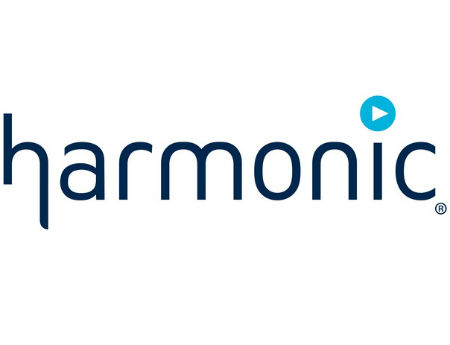Harmonic Sees Promise in ‘Premium’ OTT, Virtual CCAP Strategies

Harmonic said gains in business tied to “premium” over-the-top services and traction for its new virtual Converged Cable Access Platform (vCCAP) are helping to overcome weakness from its legacy cable edge business.
Q3 revenues of $92 million beat Wall Street’s expectation of $85.5 million, thanks in part to a 15% surge from Harmonic’s video segment that came way of growing demand for the company’s live OTT platform.
Harmonic also saw “material” commitments for CableOS, its virtual CCAP product introduced last year, with commercial deployments and field trials expanding to more than ten “leading” cable operators worldwide, company CEO Patrick Harshman, said Monday on the earnings call.
Harshman said that included a new Tier 1 customer design win, but declined to name it, but noted later that it’s an “early order” and that Harmonic will “have to prove ourselves out and see that scale.”
RELATED: Harmonic, Comcast Strike Warrant Agreement
Harmonic sees CableOS-related revenues to exceed $100 million in 2018.
On the flip side, legacy cable edge revenues continued to decline. Revenues in that segment, which includes traditional edge QAMs, dropped 27%, to $7.5 million. Dollars in the cable edge businesses aren’t expected to pour in more rapidly until after CableOS shipments begin ramping.
Multichannel Newsletter
The smarter way to stay on top of the multichannel video marketplace. Sign up below.
“There was no question that investments in traditional pay TV solutions is declining,” Harshman said.
That, he added, is driving a migration to “OTT 2.0,” or premium quality live services for TVs and mobile devices. In addition to helping to underpin streamed skinny bundles from distributors, Harmonic is also targeting a new class of direct-to-consumer services being launched by media companies around the world.
Harmonic also removed an overhang from its business, announcing it had reached a settlement with Avid that ends patent infringement litigation. Harmonic has agreed to pay $6 million over 3.5 years, starting with $2.5 million to be paid in Q4 2017.
RELATED: Avid: Patent Fight with Harmonic Heading to Trial
Though Harmonic sees a strong growth path ahead, Simon Leopold, analyst with Raymond James, said in a research note that there’s worry that “management has set a high bar” for 2018 that leans heavily on new products.
“Our checks suggest the acceptance of some new platforms may not live up to management’s expectations,” he wrote. “We have no qualms with the strategy but expect the road to recovery is a long one. We believe Harmonic could fall short of its Cable Edge revenue target of $100 million in 2018.”
Leopold maintained his “Underperform” rating on Harmonic’s stock.
